Product Introduction
This is a steel brackets used in construction industry. There are a lot of different types brackets. In construction, steel brackets undergo processes like hot-rolling, cold-forming, or welding to achieve precise geometries, often followed by surface treatments to enhance corrosion resistance. With standardized manufacturing and strict quality control, steel brackets ensure the safety and stability of construction projects, balancing performance with economic efficiency.
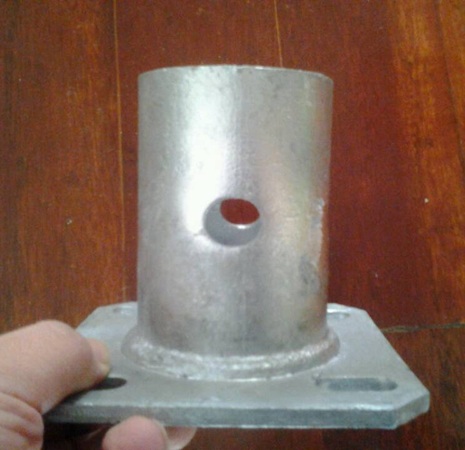
Material and process
Material introduction
This product is made of weld tubes, which are needed to be cut into pieces.
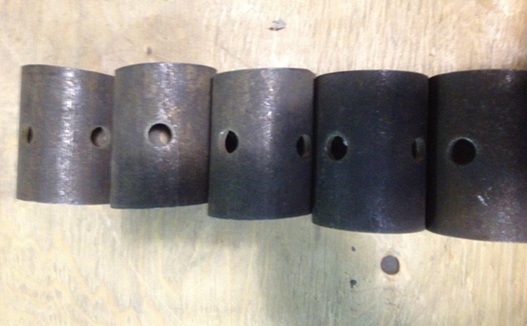
the tube piece-1

the tube piece-2

the tube piece-3
Manufacturing process
The tube still need to drill the hole on the side surface, flat-head chamfer, and deburr to remove burrs and ensure smooth edges.
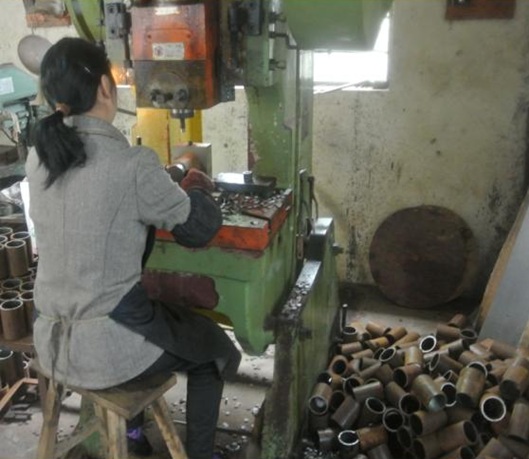 worker is drilling the holes
worker is drilling the holes
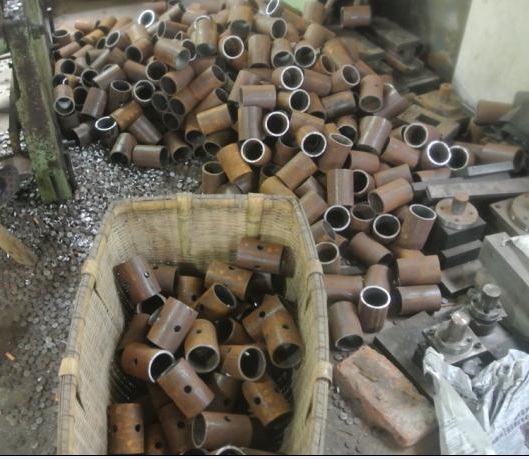 tubes after drilling the hole
tubes after drilling the hole
The plates are hot-rolled plates, cut by punch presses. Argon arc welding is employed to join tubes and plates, with weld seams requiring a minimum thickness of 6.35mm to meet structural strength requirements.
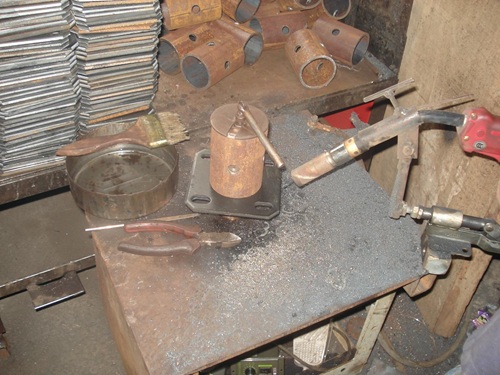
welding tooling
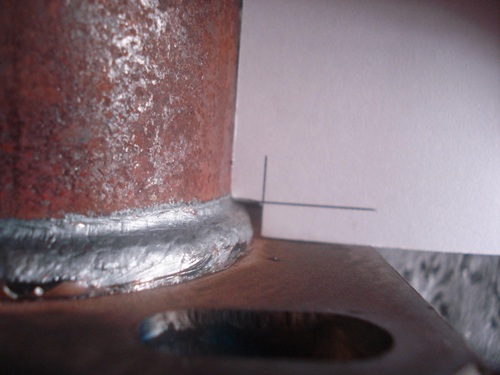
welded seam-1

welded seam-2

welded seam-3
Surface finish
Finally components undergo hot-dip galvanization. Post-galvanization, natural surface flow marks are acceptable, eliminating the need for additional grinding.

the finished product-1

the finished product-2
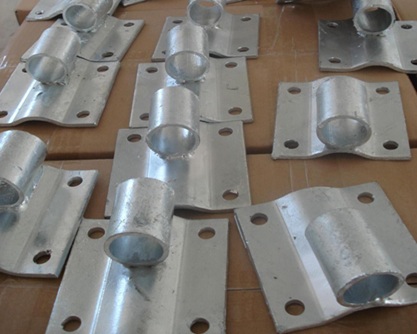
the finished product-3

the finished product-4
Conclusion
The key points for this bracket lie in:
1. Ensuring the material wall thickness meets standards, inadequate thickness compromises load-bearing capacity, especially for structures subject to dynamic loads or heavy weights.
2. The welding seams are sufficiently wide and full, Argon arc welds must achieve a minimum width of 6.35mm with uniform, non-porous fusion. Visual inspection should confirm no undercutting, slag inclusions, or lack of penetration
3. The hot-dip galvanization is properly executed. Ensure no bare metal spots, with natural flow marks from galvanization accepted as long as they do not compromise the coating’s integrity. Avoid mechanical grinding that could thin the zinc layer.
Packing
We systematically place the products into cartons and then palletize them, ensuring order and stability throughout the process. Each product is arranged neatly in the carton to prevent shifting during transportation, and dividers or protective materials may be used when necessary to avoid collision. The cartons are then stacked on pallets in an organized manner, secured with stretch film and corner protectors to maintain structural integrity, ensuring the goods remain intact from warehousing to delivery.
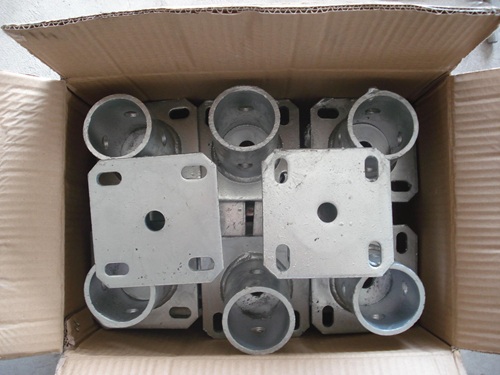


English
العربية
Français
Русский
Español
Português
Deutsch
italiano
日本語
한국어
Nederlands
Tiếng Việt
ไทย
Polski
Türkçe
አማርኛ
ພາສາລາວ
ភាសាខ្មែរ
Bahasa Melayu
ဗမာစာ
தமிழ்
Filipino
Bahasa Indonesia
magyar
Română
Čeština
Монгол
қазақ
Српски
हिन्दी
فارسی
Kiswahili
Slovenčina
Slovenščina
Norsk
Svenska
українська
Ελληνικά
Suomi
עברית
Dansk
Afrikaans
Gaeilge
Eesti keel
latviešu
Беларуская мова
Български
Català
Lietuvių
Lëtzebuergesch
Македонски

















 worker is drilling the holes
worker is drilling the holes tubes after drilling the hole
tubes after drilling the hole






























